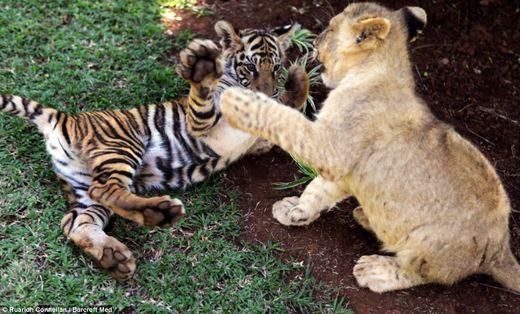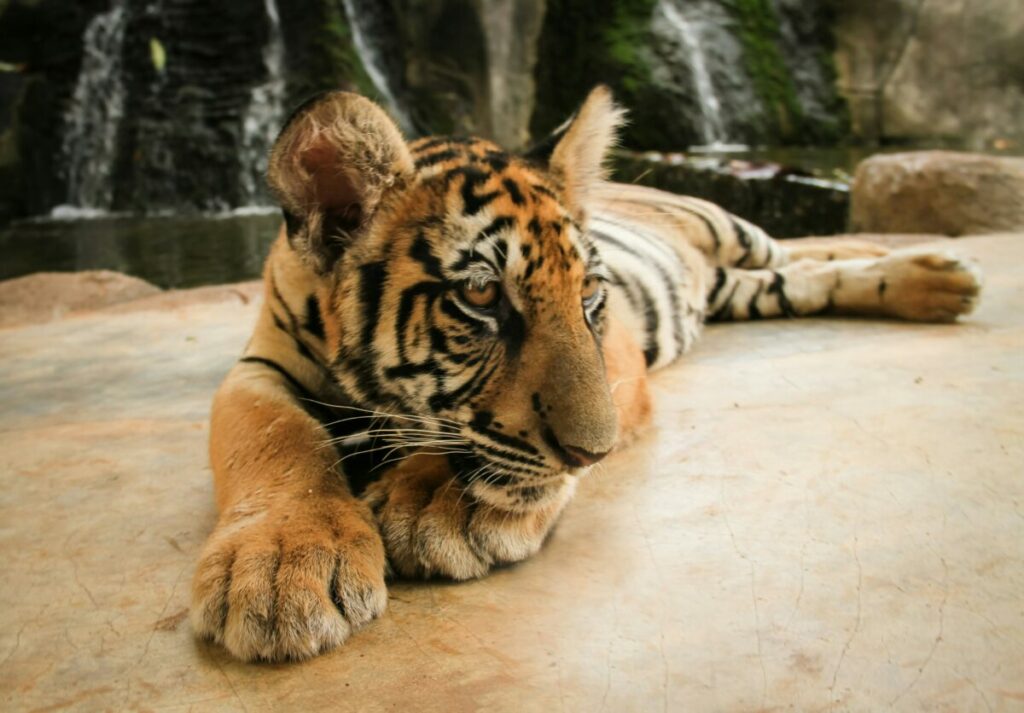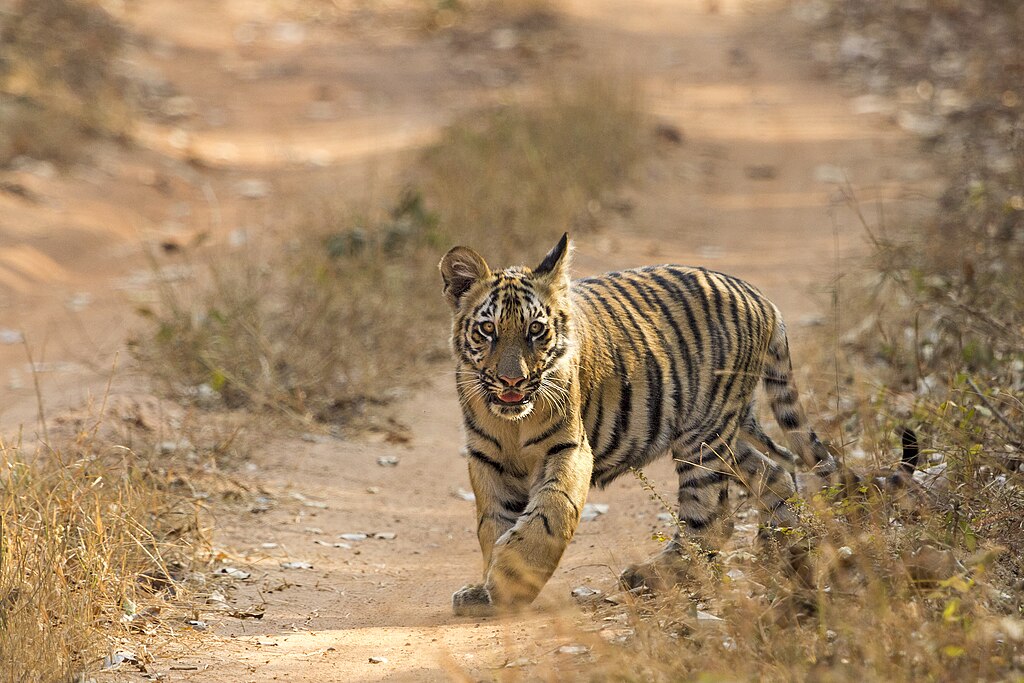Among the myriad of interesting creatures in our world, baby tigers, also known as cubs, surely hold a special spot. Their lives are a blend of the delightful and the mystifying, filled with intriguing details that can captivate any animal lover. Today, let’s embark on an enlightening journey into the world of these captivating wild felines.
Exploring the Early Days of Baby Tigers

Maternal care begins even before the cubs open their eyes. Born blind and at a mere weight of 1kg, the cubs’ survival completely depends on their mother. However, their initial journey is treacherous. The threat from unrelated male tigers, who could attack the cubs to bring the female back into heat, is always looming. Statistics point towards a high mortality rate among cubs, with almost half not seeing their second birthday.
The Dominant One

In each litter, there is usually one cub standing out in terms of activeness and dominance, often seen leading the playful skirmishes among siblings. This vibrant character is also usually the first to embark on the path of independence, leaving the maternal shelter at around two years old.
Types of Baby Tigers: A Quick Overview

Out of nine breeds initially, sadly, the world today is home to only six. Let’s take a quick glance at the fascinating diversity among them:
- Siberian Tiger: Native to Russia, North Korea, and China, these majestic cats are known for their abundant white fur and brown stripes, making them easily recognizable. With less than 350 of them in the wild, the Siberian Tiger is a rapidly dwindling species.
- Bengal Tiger: Acclimated to various habitats from swamps to cold forests, these felines with their signature narrow stripes call Nepal, India, Burma, Bhutan, and Bangladesh home. The wild houses at least 3,500 of these fiery creatures.
- Indochinese Tiger: Preferring hilly or forested areas, these tigers inhabit Thailand, Burma, China, Malaysia, Vietnam, and Cambodia. They are easily identified by their dark gray or black stripes on a dark yellow to reddish-orange coat. It’s disheartening to know that there are less than 1,000 of them left in the wild.
Truly, the life and times of baby tigers offer a captivating wildlife chronicle, as adorable as it is mysterious. As we learn more about these enchanting creatures, it also brings to light the urgent need for their protection and conservation. With their numbers dwindling at an alarming rate, time is of the essence. Let’s hope these majestic creatures bounce back from the brink and continue to enrich our planet with their presence.
Read more: